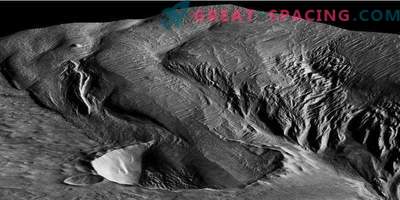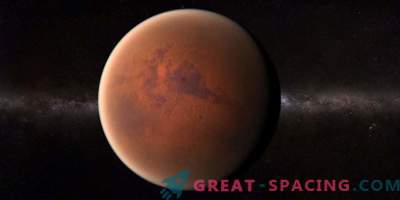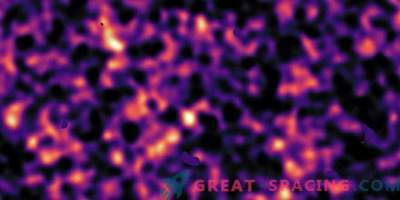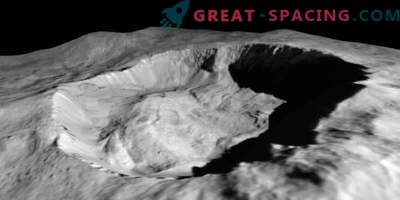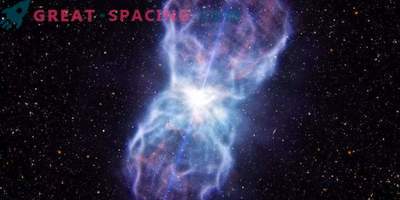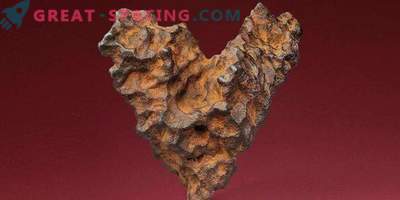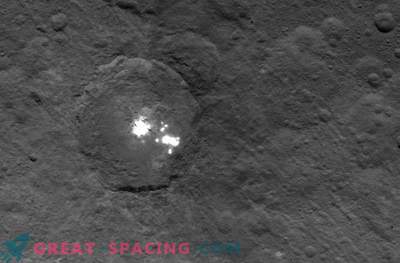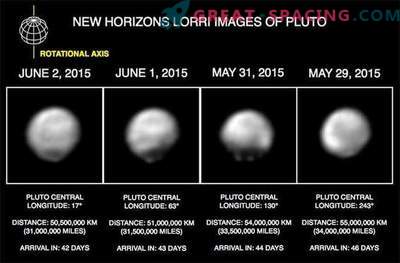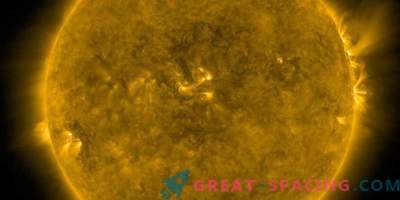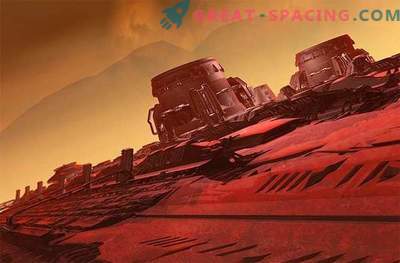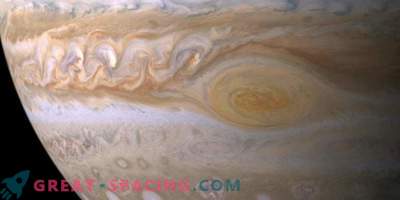
Scientists have found evidence that the Martian crust is not as dense as previously believed. At least part of it is characterized by porosity. This will help to better study the evolution of the Red Planet.
The bark is the final result of all the processes through which the planet has passed. Therefore, lower density marks important points along the way. The researchers compared the density indicator, estimating the average - 2.582 kg / m 3. This is reminiscent of the lunar crust.
New value extracted from the planetary gravitational field. Previous estimates had to rely on the composition of the soil and rock. But the researchers realized that this was not enough, because it was necessary to trace how the composition changed over time.
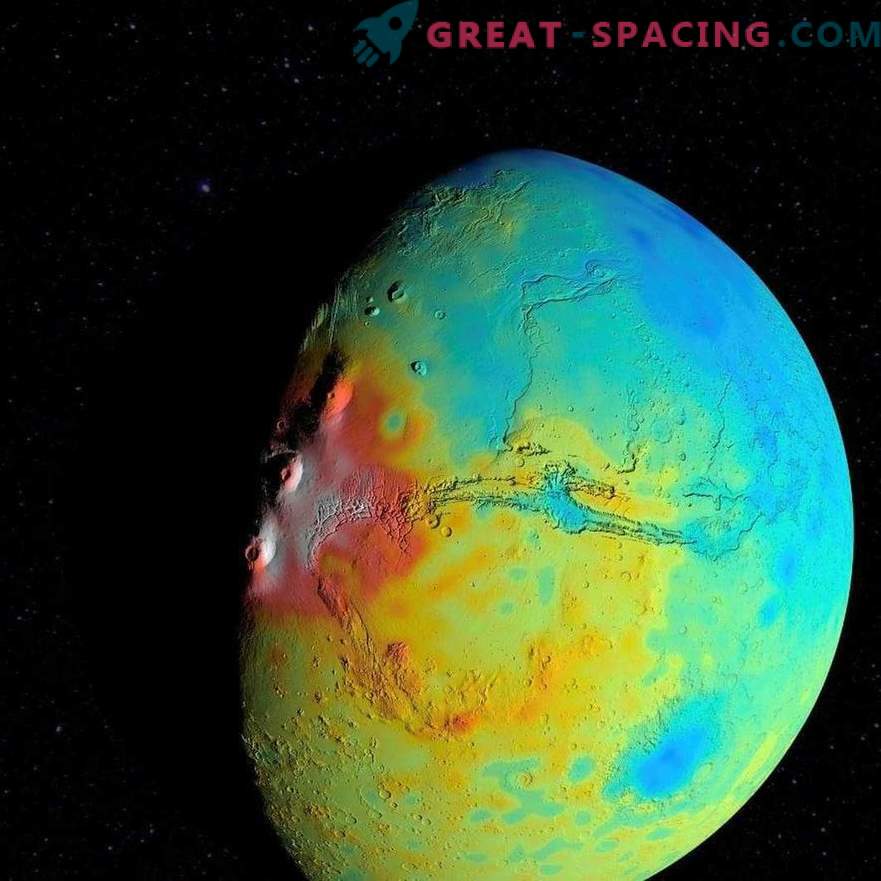
The new map of the Martian thickness shows a smaller variation between the denser areas (red) and thin (blue). The review focuses on the Mariner Valley. Then the team used the old data, but imposed on the model a new twist and restriction. The latter compensates for the moment that even the best data is not able to display all the details. This time the scientists refused to follow the usual path and their restriction took into account the precise measurements of the height change - topography.
This helped to get more information about the gravitational field. The new map reflects not only the current state, but the changes that will occur, because volcanoes are located under the dense crust.
In 2018, they expect the launch of the InSight mission to study seismic and geodetic activity. With its help, it will be possible to consider a deep interior.
